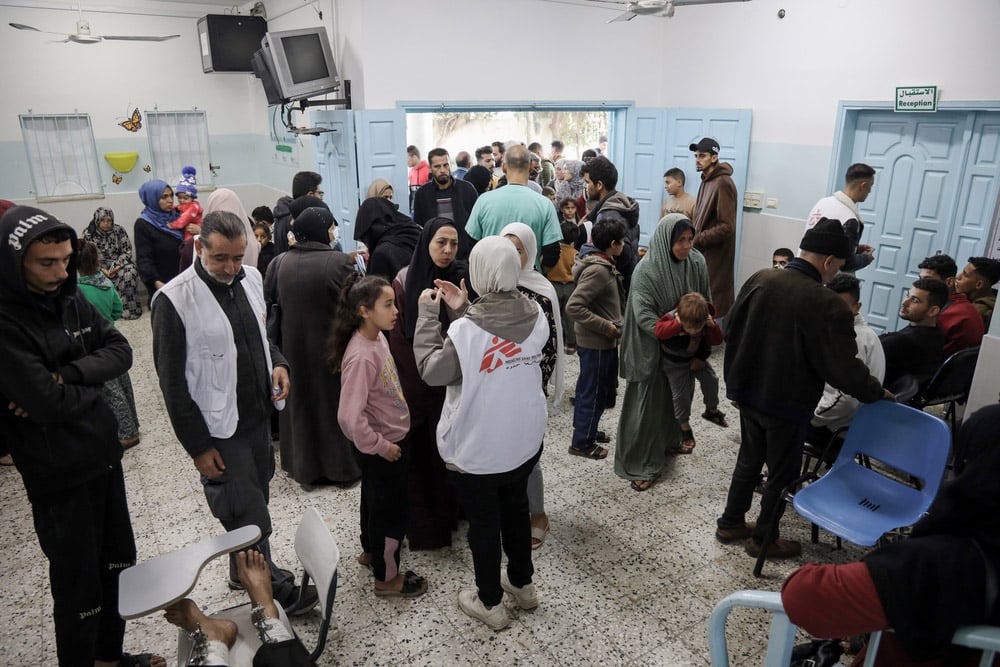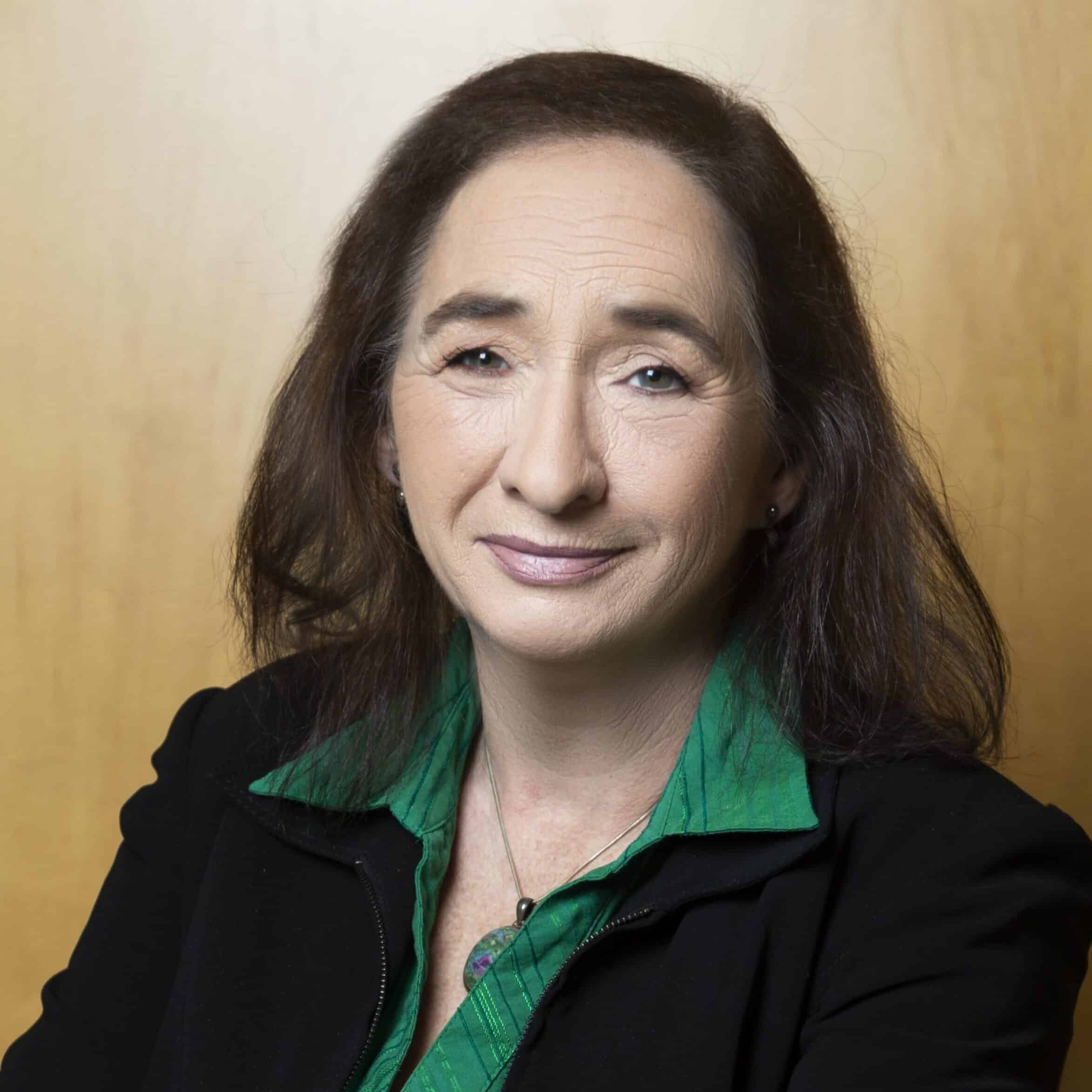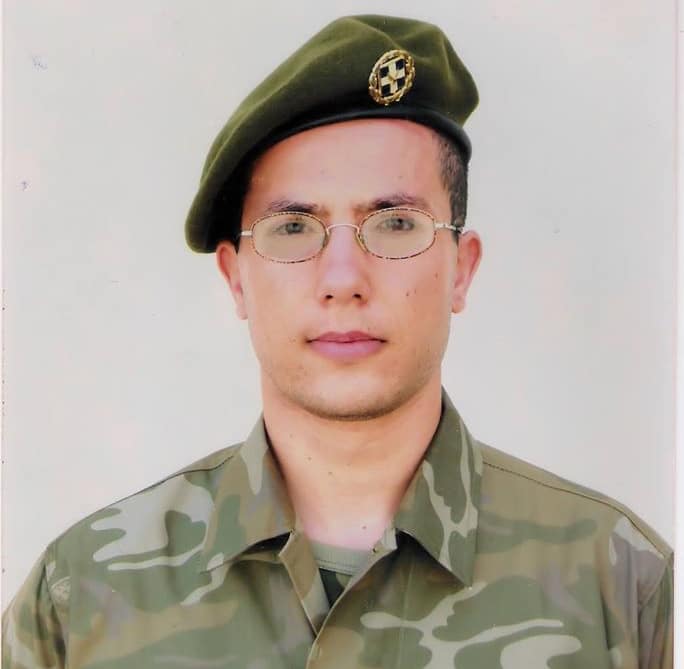Cypriot doctor Nikolas Papachrysostomou, emergency coordinator for Doctors Without Borders who recently returned from five weeks in Gaza, said nothing and no one is safe in the strip that is under siege by Israel.
In an interview with the Cyprus News Agency, Papachrysostomou said that humanitarian aid getting into Gaza was not enough. He described scenes of people gathering en masse when a truck does arrive, begging for food.
“People are hungry,” he said, and if it continues, there will be no order or control and what’s left of the social fabric will break down.
Papachrysostomou said before the Israeli onslaught, 500 trucks a day were entering the Gaza Strip. “Now, with almost 60 per cent of the infrastructure and houses destroyed, [there are] around 100,” he said. “This is ridiculous. What should the trucks carry first? Medicines, anaesthetics, blankets, consumables, medicines for cancer patients, kidney patients, tents, food, what? Supplies are running out. Demand is increasing and aid is not flowing. The desalination plants are damaged, so there is not enough water or fuel.”
The doctor said the landscape was constantly changing. Houses he saw in the morning on his way to the team site might not exist days or even hours later. The area around the hospital was filled with makeshift tents everywhere, he added, on the pavements, in the courtyards of hospitals, in schools, mosques.
In Gaza, he said, they now count one dead person per 100 of the population, which means every Palestinian has a dead relative, in some cases, generations have been lost.
Rafah, he said, before the war was a city of 300,000 inhabitants and at the moment it is estimated that it has received a population of between one and 1.5 million people from northern Gaza.
“The displacement is of such magnitude that there is no longer any planning. In Rafah, there are improvised scenes everywhere,” Papachrysostomou said.
“Nothing is safe and no one is safe in Gaza. In the morning when people say ‘good morning, what are you doing?’, everyone’s answer, regardless of nationality, is: ‘I’m alive’.”
Papachrysostomou said he has gone on many missions with Doctors Without Borders after natural disasters and during conflicts, but what he saw in Gaza, he’s not seen anywhere else. “Gaza is such a small place and what has been caused there is almost a biblical disaster,” he said.
Hospitals that remain in operation, he added, are overflowing, not only with people needing treatment but others who have nowhere else to go because their homes have been destroyed. “In Al Nasser, which is a large complex of buildings, I estimate there were around 10,000 people,” he said.
Health professionals are pushing on with limited resources to deal with mass casualties and often have to choose who to help survive. Only around 20 non-Palestinian administrative and medical staff are currently in the Gaza Strip, plus local staff. The foreign doctors rotate every week, he said.
“There is no humanitarian support right now in Gaza.
“Population evacuations cannot continue because the people have nowhere to go further south. They are on the last rung of the strip.”







Click here to change your cookie preferences